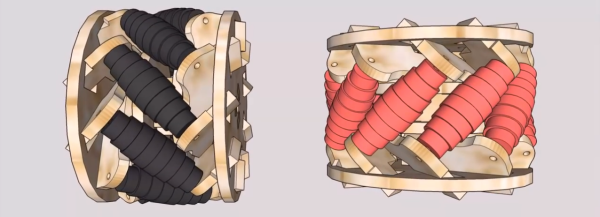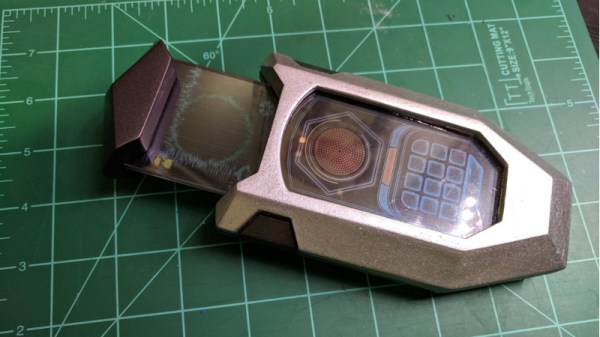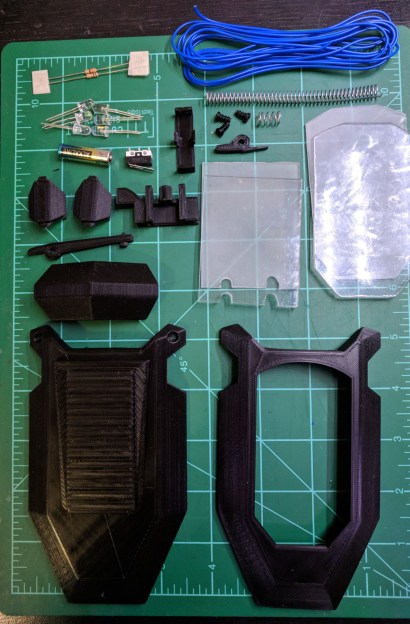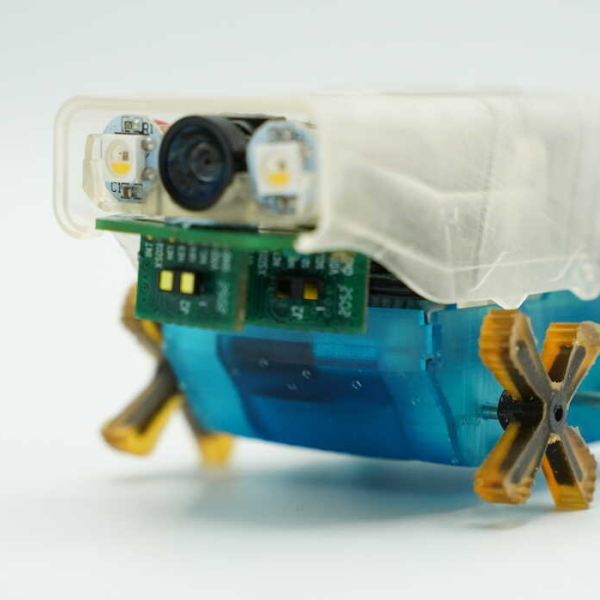On a balmy September evening in 1998, Swissair flight 111 was in big trouble. A fire in the cockpit ceiling had at first blinded the pilots with smoke, leaving them to rely on instruments to divert the plane, en route from New York to Geneva, to an emergency landing at Halifax Airport in the Canadian province of Nova Scotia. But the fire raging above and behind the pilots, intense enough to melt the aluminum of the flight deck, consumed wiring harness after wiring harness, cutting power to vital flight control systems. With no way to control the plane, the MD-11 hit the Atlantic ocean about six miles off the coast. All 229 souls were lost.
It would take months to recover and identify the victims. The 350-g crash broke the plane into two million pieces which would not reveal their secrets until much later. But eventually, the problem was traced to a cascade of failures caused by faulty wiring in the new in-flight entertainment system that spread into the cockpit and doomed the plane. A contributor to these failures was the type of insulation used on the plane’s wiring, blamed by some as the root cause of the issue: the space-age polymer Kapton.
No matter where we are, we’re surrounded by electrical wiring. Bundles of wires course with information and power, and the thing that protects us is the thin skin of insulation over the conductor. We trust these insulators, and in general our faith is rewarded. But like any other engineered system, failure is always an option. At the time, Kapton was still a relatively new wonder polymer, with an unfortunate Achilles’ heel that can turn the insulator into a conductor, and at least in the case of flight 111, set a fire that would bring a plane down out of the sky.
Continue reading “Kapton: Miracle Material With A Tragic History”















